What Is Worn Underneath Hanfu?

Most hanfu you’ll find on our Silkdivas site follows the “top + bottom” style. A lot of folks just throw on the outer layers without a clue what goes underneath—me included, back in the day (I’d just wear shorts and a tank top!). Let’s be real: for most of us, basic undergarments are enough. No need to overcomplicate it.
In this article, we’ll dig into hanfu’s “hidden layers,” from their historical roots to modern takes. It’s a little primer for those of you who love Chinese dressing and want the full lowdown.
Ⅰ. Why Inner Layers Matter
Since hanfu doesn’t have a built-in lining like many modern garments, the underneath serve several purposes:
- Protecting the outer robe from sweat and dirt
- Keeping you warm in winter and cool in summer
- Helping the robe drape neatly
- Preventing see-through fabric and maintaining modesty
Beyond these “official” reasons, there’s also a practical issue that many Chinese dressing enthusiasts run into: quite a few skirt styles aren’t fully closed in the front. To avoid accidental exposure, people often pair them with a hanfu underskirt or underpants. Of course, if you go for a modernized hanfu style, this usually isn’t something you have to worry about.
Take my own experience with a horse-face skirt as an example. The first time I wore one, I didn’t align the skirt panels properly and didn’t tie the waistband tightly enough. As I walked, my legs would peek out every now and then—definitely a bit awkward—so I ended up holding my waistband with one hand to keep it from opening. It looked gorgeous in photos, but I lacked the know-how. Now, whenever I wear it, I make sure to tie it more snugly and wear safety shorts underneath.
II. Traditional Hanfu Undergarments: Unisex Basics and Gender-Specific Styles
1. Unisex Basics
· Hanshan / 汗衫:
Features: Worn next to the skin, short-sleeved or sleeveless. Made mostly of cotton or linen, in plain colors like white or light gray—similar to modern tank tops or short-sleeved undershirts.
Purpose: Absorbs sweat, prevents friction, and keeps outer fabrics from touching the skin directly.
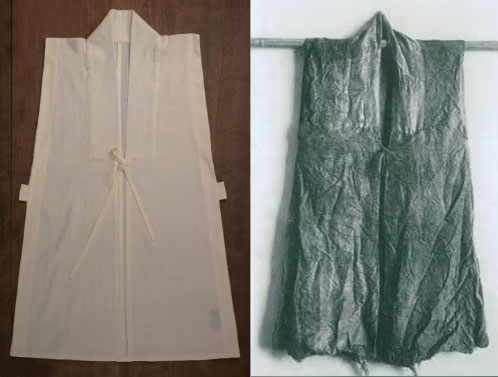
· Zhongyi / 中衣:
Features: Long-sleeved with a cross-collar, made of slightly thicker fabrics than hanshan (cotton or silk). Mostly white or light yellow.
Purpose: The core of the middle layer, connecting hanshan and outer garments (like daopao or ruqun). It adds a sense of dignity, especially essential for formal attire.

2. Women’s Specific Undergarments
· Moxiong 抹胸 / Zhuyao 主腰:
Features: A tight-fitting short piece, similar to modern camisoles, secured with ties. Often worn under blouses with ruqun to prevent exposure or shape the bust.
(Traditional versions are mostly plain with simple embroidery; modern improved styles may fit the body better.)
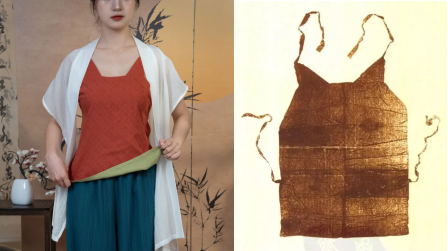

3. Men’s Specific Undergarments
· Kun 裈 / Ku 袴:
Features: Traditional men’s undergarments for the lower body, like loose shorts or pants. Made of breathable fabric, worn under long robes or trousers to add warmth and ease movement.
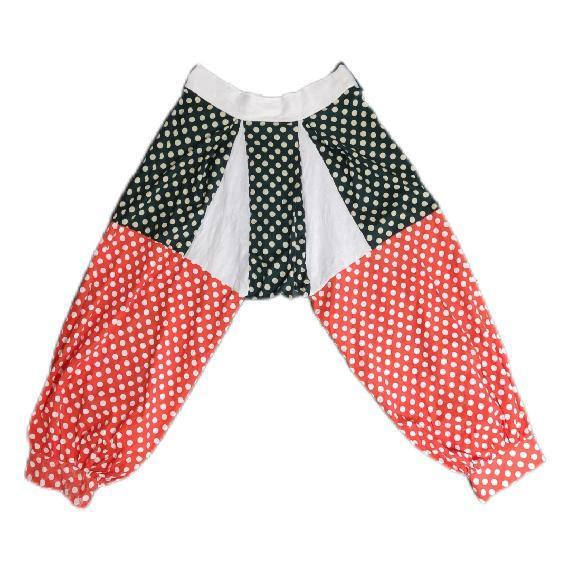
III. Modern Hacks
The undergarments mentioned above are what ancient Chinese wore—but there’s no need to skip modern conveniences and hunt for ultra-accurate replicas. For most of us, you can totally use clothes you already own as hanfu underlayers.
For example, a plain white T-shirt or tank top works great as an inner top (just make sure the color isn’t too bright or patterned—soft, neutral shades are best, and try to avoid visible logos).
In summer, skip the zhongyi and go for a lightweight camisole instead.
In winter, layer a thin thermal top under your basic Chinese dressing (keep it slim so your hanfu doesn’t look bulky—like my friend, she will throw on a thin wool sweater for photo outings when it’s not too cold. And if you’ve got a winter-specific hanfu, it’s usually thick enough on its own!).
Really, whether you’re wearing classic or modern hanfu, nailing the underlayers just comes down to a few simple tips:
For colors, stick to white, off-white, or light shades. Dark or bright hues will show through light-colored hanfu—and that’s not a good look. Though if your hanfu itself is dark, you’re good to go!
Fit-wise, undergarments should be snug but not tight. Bulky layers ruin that flowy, elegant drape hanfu is known for.
Cuffs and collars are key—keep’em hidden! Make sure your undergarment sleeves are shorter than your hanfu’s, and collars usually stay out of sight. That said, some styles do work with a little peek: Ming dynasty ao jackets, for example, can show a bit of the undercollar.
Like in the still from Blossom —they didn’t flip the whole collar out, just let the corner fold slightly under, and that looks totally fine!
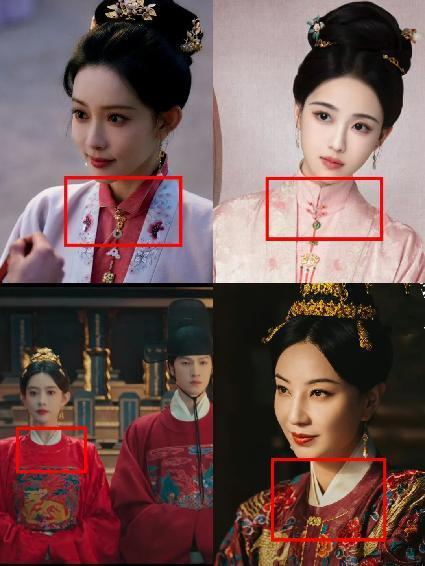
This style did exist historically, and adding a turned-down collar definitely gives it a more casual vibe.
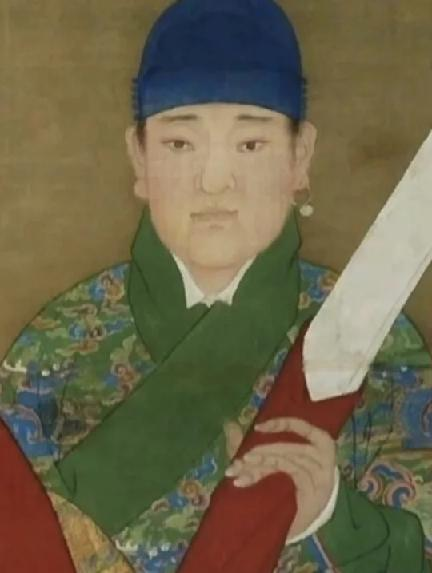
Summary
Or we can get creative—sport bras, yoga tanks…Not only does it save you money, but you’ll never have to worry about wardrobe malfunctions no matter how much walking you do. Got a favorite undergarment Chinese dressing hack? Drop it in the comments!
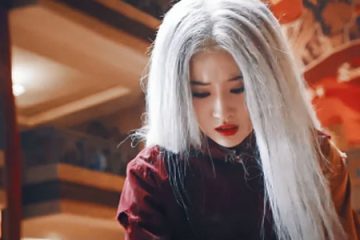
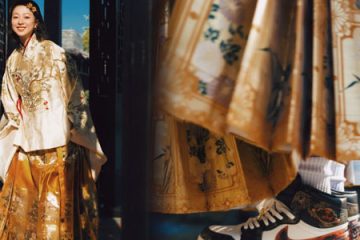
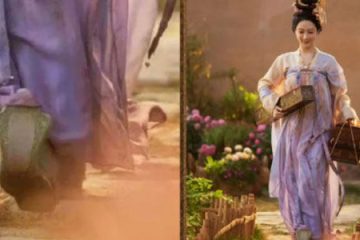
0 Comments